Heart Tests
If you have CHD, it’s only natural that you’re going to need tests to keep track of how your heart is doing. Some tests, like ECGs, are routine and performed at most clinic visits. Just like blood work. Other tests will be ordered by your doctor depending upon your symptoms and the results of your physical exam.
Top Five Most Common Tests for People with CHD
#1 ECG
An ECG (electrocardiogram) is a simple test, which records the rhythm and electrical activity of your heart. Small sticky patches are put on your arms, legs and chest. Wires are connected between the patches and a machine that records the electrical activity of your heart. It only takes a few minutes. A pink piece of paper prints and we will see the results right away.
#2 Echo
An echo (transthoracic echocardiogram) uses sound waves (ultrasound) to take pictures of your heart. Pictures of your beating heart can be viewed on a computer screen. The test is not painful and involves a small device, called a transducer, being moved over your chest. To help make the pictures clearer, gel is applied to your chest – it can get pretty sticky! You will be given a gown to wear during the test to stop your clothes from being slimed.
During the test, you might hear funny sounds. Don’t worry – they’re part of the test and help us to understand the blood flow in your heart. Generally, it takes 1 hour for an echo with a person with CHD. This is because CHD hearts are unique – we take time to look at everything in your heart so we don’t miss anything.
If you’re seeing your CHD specialist after the echo, the results may be ready before you leave. If not, we can call you later with the results.
#3 Chest x-ray
A chest x-ray gives us a picture of your heart, lungs, blood vessels and bones. Chest x-rays are done in the radiology department, not the cardiology clinic. Results are usually ready soon after the test.
#4 Holter monitor
We use this test to find out if there are any problems with your heart rhythm. It’s most useful with patients who have palpitations that only happen every now and then. Unlike an ECG, which gives a ‘snap-shot’ of the heart’s electrical activity, a Holter monitor records for 1 to 3 days
Similar to an ECG, sticky patches are put on your chest. Wires are attached between the patches and a tape recorder that is worn on a belt around your waist or on a shoulder strap like a shoulder bag.
After 1 to 3 days, you take off the monitor and give it back to the hospital. You will also fill out a diary to record any symptoms. The diary should be returned with the recorder. After looking at the recordings and your diary, we can tell you the results
#5 Cardiopulmonary (CP) Study/Exercise with VO2
We use this study to get more information about your heart and lungs. You will start by doing some breathing tests that let us know how your lungs are working. Then you exercise on a treadmill or stationary bike as we take measures of your oxygen intake. You need running shoes and gym clothes for this test. Results are usually ready the same day.
Six Other Tests You Might Have
#1 Cardiac MRI
A cardiac MRI (cardiac magnetic resonance imaging) test is a scan that creates very detailed pictures of your heart. We take these pictures in a magnetic field – like a magnet. The test usually takes about 1 hour. The MRI exam doesn’t cause any pain or discomfort. However if you have a fear of small spaces, you should tell your doctor as it may not be the right scan for you.
If you have a pacemaker or defibrillator, this is definitely not the test for you. The MRI could stop these things from working properly. Cardiac MRI is also not a good idea for pregnant women and some patients who have had brain surgery. The results are usually ready in a few weeks.
#2 Cardiac CT
A cardiac CT (computed tomography) is a special x-ray that takes pictures of the heart and blood vessels. It can be good for looking at certain areas of the heart and its blood vessels. You lay inside a tunnel for this test, but there’s plenty of space. These days, CT scans usually only take a few minutes. It usually takes a few days before your doctor gets the results.
#3 Exercise ECG
This test tells us what happens to your heart beat when you exercise. It’s just an ECG during exercise on a treadmill or bicycle. When you have an exercise ECG, you should wear running shoes and gym clothes, because the goal is to exercise as hard as you can before stopping. You will be carefully watched during the test. The results are usually available within a few days.
#4 TEE
A TEE (transesophageal echocardiogram), is a test that uses sound waves (ultrasound) to take pictures of your heart. During this test, we gently place a small tube into your food pipe (esophagus). Because the esophagus sits so close to the heart, we can get really clear pictures of your heart. These pictures are often clearer than the pictures we get with a normal echo, and help us decide whether a patient needs treatment.
You can’t eat or drink for 6 hours before the test. Before you have a TEE, we give you relaxing medications to help you sleep. When you wake up, you will be looked after by nurses and doctors and can go home once you feel ready. The most common side effect is feeling sleepy from the medication. The results are usually ready the same day.
#5 Cardiac Catheter Study
A cardiac catheter study is also known as an angiogram. This doctor doing this test measures pressures inside your heart, can look at narrowed or leaking valves, and can check the blood supply to your heart.
For this test, you are given medication to make you feel relaxed and sleepy. A small tube is put into the blood vessel at the top of your leg. Less commonly, it might be inserted in the arm or neck. Once inside the blood vessel, this tube can be carefully directed to your heart. Once inside the heart, pressures can be measured and a special dye can be injected to take pictures of your heart.
Treatment (interventions) can also be done at the time of a cardiac catheter study. For example, doctors can now open up narrowed heart valves or blood vessels, place new valves in the heart, or close holes.
The test can take anywhere from 30 minutes to many hours. Before you have this test, your doctor can tell you how long it will probably take.
After the test, the tube is removed from the top of your leg and pressure is applied to stop any bleeding. The most common side effects are bruising or tenderness in the groin, but this usually improves in a few days. The results are usually ready the same day.
#6 EP Study
An EP (electrophysiology) study shows us the electrical system of the heart. This info helps us to figure out why patients are having problems with their heart beat.
This is a special test that is only done after patients have already had an ECG, an echo, and sometimes a Holter monitor. We do this test when we think it’s likely that you have an electrical problem in your heart.
If we find a faulty electrical circuit in your heart, we may be able to get rid of it during the test. You will most likely be given medications to feel relaxed and sleepy throughout the test. But sometimes patients are completely put to sleep.
The test is kind of like a cardiac catheter study, because a small tube is inserted into the blood vessel at the top of your leg. The person doing the procedure is a cardiologist with special training in the electrical activity of the heart. The test can take anywhere from 30 minutes to many hours. Before you have this test, your doctor can tell you how long it will probably take. The results are available on the day of the test.
This program was developed by:



